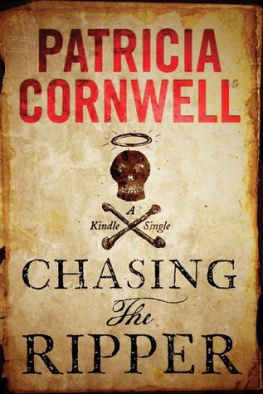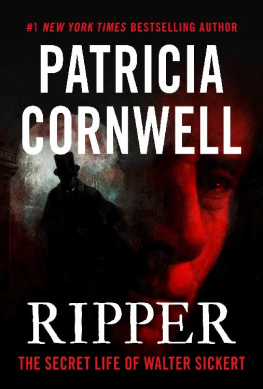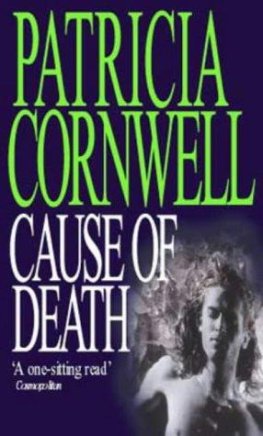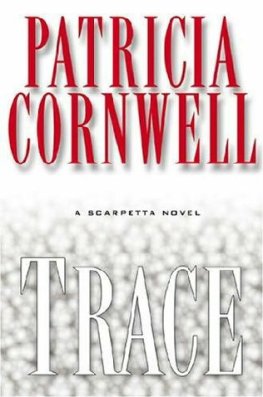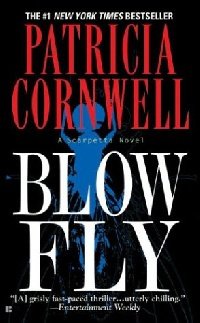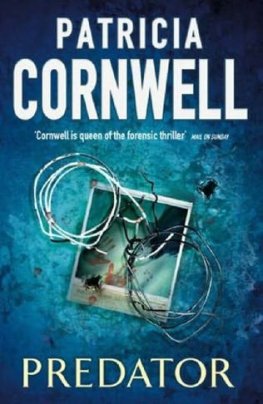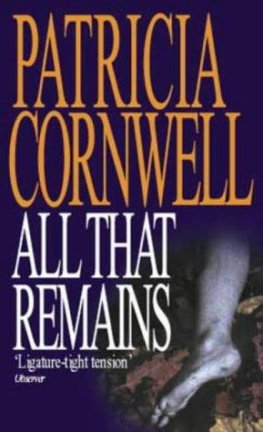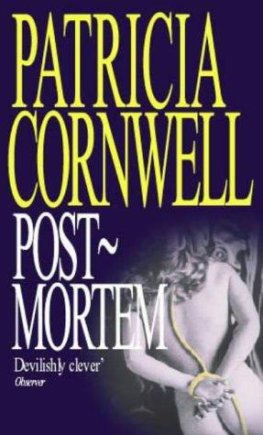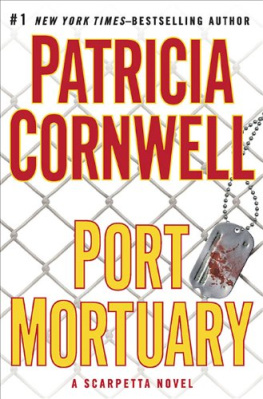Patricia Cornwell - Chasing the Ripper
Here you can read online Patricia Cornwell - Chasing the Ripper full text of the book (entire story) in english for free. Download pdf and epub, get meaning, cover and reviews about this ebook. year: 2014, genre: Detective and thriller. Description of the work, (preface) as well as reviews are available. Best literature library LitArk.com created for fans of good reading and offers a wide selection of genres:
Romance novel
Science fiction
Adventure
Detective
Science
History
Home and family
Prose
Art
Politics
Computer
Non-fiction
Religion
Business
Children
Humor
Choose a favorite category and find really read worthwhile books. Enjoy immersion in the world of imagination, feel the emotions of the characters or learn something new for yourself, make an fascinating discovery.
- Book:Chasing the Ripper
- Author:
- Genre:
- Year:2014
- Rating:3 / 5
- Favourites:Add to favourites
- Your mark:
- 60
- 1
- 2
- 3
- 4
- 5
Chasing the Ripper: summary, description and annotation
We offer to read an annotation, description, summary or preface (depends on what the author of the book "Chasing the Ripper" wrote himself). If you haven't found the necessary information about the book — write in the comments, we will try to find it.
Chasing the Ripper — read online for free the complete book (whole text) full work
Below is the text of the book, divided by pages. System saving the place of the last page read, allows you to conveniently read the book "Chasing the Ripper" online for free, without having to search again every time where you left off. Put a bookmark, and you can go to the page where you finished reading at any time.
Font size:
Interval:
Bookmark:
Other titles by Patricia Cornwell
S CARPETTA S ERIES
Postmortem
Body of Evidence
All That Remains
Cruel and Unusual
The Body Farm
From Potters Field
Cause of Death
Unnatural Exposure
Point of Origin
Black Notice
The Last Precinct
Blow Fly
Trace
Predator
Book of the Dead
Scarpetta
The Scarpetta Factor
Port Mortuary
Red Mist
The Bone Bed
Dust
Flesh and Blood
N ONFICTION
Portrait of a Killer: Jack the RipperCase Closed
A NDY B RAZIL S ERIES
Hornets Nest
Southern Cross
Isle of Dogs
W IN G ARANO S ERIES
At Risk
The Front
B IOGRAPHY
Ruth, a Portrait: The Story of Ruth Bell Graham
O THER W ORKS
Food to Die For: Secrets from Kay Scarpettas Kitchen
Lifes Little Fable
Scarpettas Winter Table

Text copyright 2014 Patricia Cornwell
All rights reserved.
No part of this book may be reproduced, or stored in a retrieval system, or transmitted in any form or by any means, electronic, mechanical, photocopying, recording, or otherwise, without express written permission of the publisher.
Published by Thomas & Mercer, Seattle
www.apub.com
Amazon, the Amazon logo, and Thomas & Mercer are trademarks of Amazon.com, Inc., or its affiliates.
eISBN: 9781477879146
Cover design by Shasti OLeary-Soudant
Contents
Preface

THE QUESTIONS Im asked most frequently have nothing to do with my Scarpetta novels or my personal life. People want to know why I remain convinced that Jack the Ripper was the celebrated British artist Walter Richard Sickert.
How is it possible and why am I so sure? Does it make sense that a highly intelligent, multilingual, handsome man who hobnobbed with the rich and famous would murder and mutilate? Did the well-bred woman he was married to at the time have a clue? Did his friends and colleagues suspect him? How did he get away with serial homicides for more than a century?
Its fascinating to ponder the name Jack the Ripper. Who thought of it? Im quite certain he did. The Rippers communications indicate he dubbed himself that and many other variations of it. He called himself all sorts of things, whatever pleased and amused him at the moment. Sickert was accustomed to having stage names. As a child he was acting in his homespun Shakespeare plays, and when he reached his teens he chose the theater as a career.
As an actor, he called himself Mr. Nemo . Nemo is Latin for nobody , and he very well may have felt like one. By the time he was in his late twenties, when the Ripper murders began, Sickert had abandoned acting, and he was a fledgling artist who was getting unfavorable critical reviews. He was supported by his much older, prim and proper wife and berated and belittled by his master, the megalomaniacal James McNeill Whistler.
Prior to my investigation into this case, Portrait of a Killer: Jack the RipperCase Closed , it doesnt appear that any significance was attributed to the fact that some of the mocking, taunting communications the Ripper sent to the police and the press were signed Nemo . He also signed a postal telegram Mr. Nobody , then crossed it out and wrote Jack the Ripper instead. At the time, the police paid no attention to curiosities like this.
They werent interested in another Ripper tease with a fake return address of Punch & Judy St. No attention was paid to several Ripper documents that feature cartoonish stick figures evocative of the violent puppet shows. When Sickert was growing up, his heavy-drinking, sadistic father was an illustrator and scriptwriter for Punch and Judy.
The Rippers communications are illustrated with all sorts of doodles, sketches and cartoons. He was fond of artistic media such as paints and crayons, and he wrote his ugly communications on some of the same watermarked stationery Sickert used. Forensic analysis has matched paper from both the Ripper and Sickert. If one considers how many of their letters are lost, its extraordinary to imagine the number of matches there might be. The hundreds of extant Ripper-related communications are probably only a fraction of his output.
Sickert was, among other things, a graphomaniac (a compulsive writer). So was the Ripper. Early on, the police placed no stock in the crude, violent documents that today are the only accepted physical evidence left in this case. Not all of the telegrams, notes, letters and envelopes that the police decided to keep necessarily survived. Some were destroyed in World War II. Others vanished after the Ripper case files were unsealed and made available to the public.
The examples Im giving are but a few of the details that create the intricate layers of this investigation. Its an extraordinarily complex one, rife with maddening subtleties. The more you look, the more you find. Theres no smoking gun. Im convinced there never will be. The police didnt know what to look for at the time, and Ive concluded its too late for fingerprints or DNA that are unimpeachably reliable. Succinctly put, a crime scene is like an archaeology site. If an excavation is botched or bulldozed away, theres no going back.
By the time Sickert reached his late twenties hed created a new dramatic role and cast himself in it for real. There are many possible explanations for what stoked his raging, sexually violent compulsions, but the most compelling one is the three surgeries to his genitals and/or rectum that he had endured by the time he was five. He may have been left physically incapable of sex. Unquestionably, whats been described as medical violence would have had a profound impact on him psychologically.
My claims about his surgeries and the likely deformity he was born with (described to me as a hole in his penis) continue to be angrily disputed. Its as if I had insulted the manhood of England. I didnt. I simply repeated what I had read and was told about Sickerts fistula. For the most part, the exact nature of this defect remains a mystery. But it was significant enough for his family to risk corrective procedures that in the early 1860s could have killed him.

I had no idea at the time of my first book how far from finished I was with the investigation. Its rather stunning to realize Ive continued it ever since. Funny thing is, its not because Ive wanted tonot hardly when I consider the distractions, frustrations and aspersions, not to mention the time and expense.
But its been the right thing to do. My pursuit of the Ripper isnt a murder mystery or a thriller. It isnt an essay, a movie or a TV show. He isnt mere entertainment, and the defenseless women and children I believe he targeted were destroyed for real. They suffered and died terrifying deaths, and I dont believe for a minute that the Ripper killed only the prostitutes we hear aboutfive and only five.
This is a baseless claim that no longer should be accepted as an indisputable fact. The mundane truth is that after Mary Kelly was butchered in early November of 1888, the police stopped counting. If they didnt attribute any additional acts of depraved violence to the Ripper, then maybe Londons frightened citizens could assume this brutish madman had vanished. How convenient to suppose he was locked up in an asylum or better yet dead.
Without a doubt the Ripper was an embarrassment to the government, to the police, to Queen Victoria herself. His crimes made a mockery of them and drew international attention to the appallingly impoverished conditions of the Great Metropolis. Writers such as Charles Dickens had done enough damage with their depictions of orphans, child laborers, vicious overseers, slumlords and rat-infested hovels. As the queen remained bereft over the death of her husband, Prince Albert, she busied herself with the expansion of her empire and didnt need to be plagued with such outrageously sensationalized crimes and what they might imply. Worst of all, there was nothing she could do about it any more than the police could.
Next pageFont size:
Interval:
Bookmark:
Similar books «Chasing the Ripper»
Look at similar books to Chasing the Ripper. We have selected literature similar in name and meaning in the hope of providing readers with more options to find new, interesting, not yet read works.
Discussion, reviews of the book Chasing the Ripper and just readers' own opinions. Leave your comments, write what you think about the work, its meaning or the main characters. Specify what exactly you liked and what you didn't like, and why you think so.

